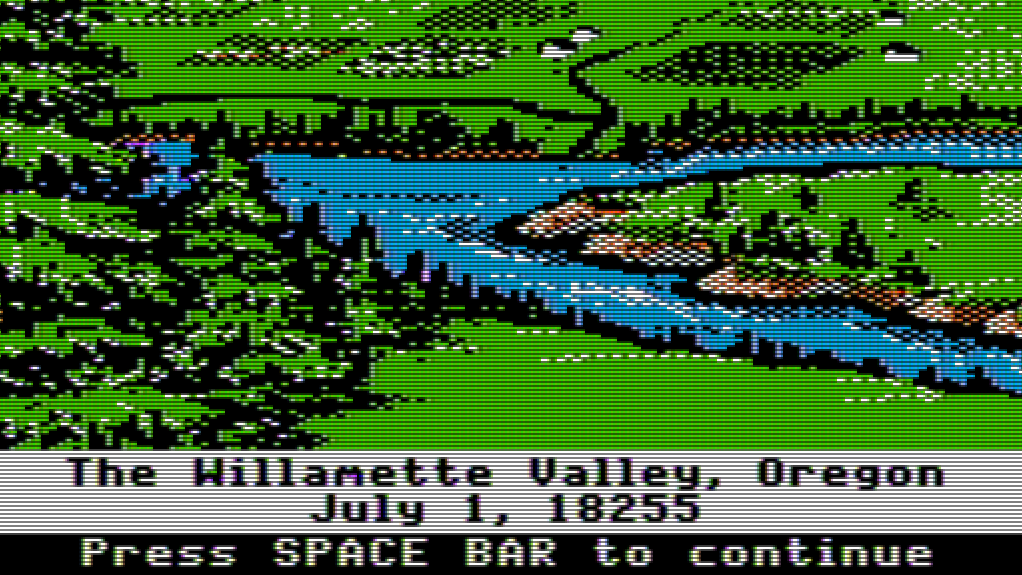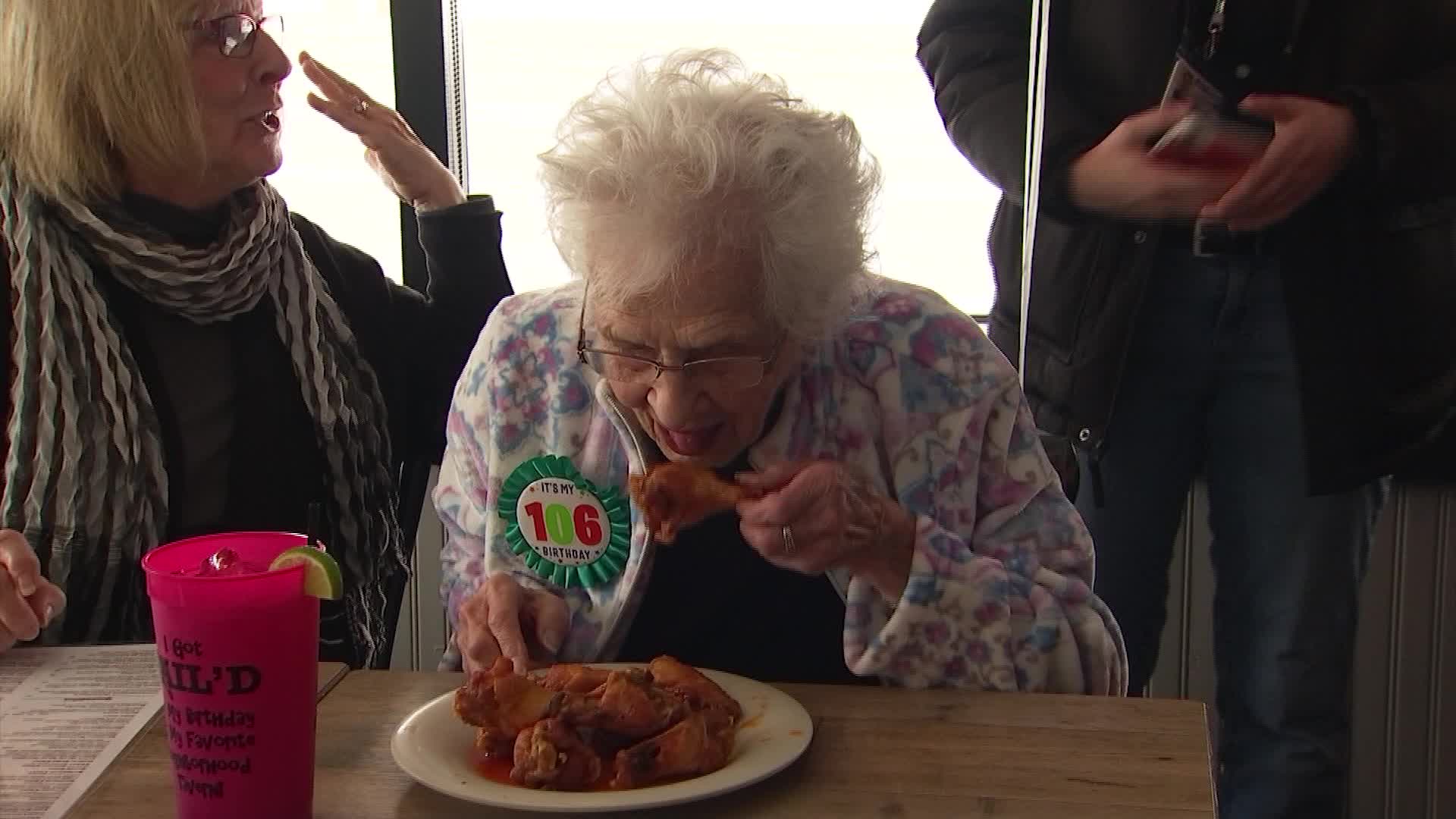On the Upper West Side of Manhattan, behind the fish counter of one of the most iconic grocery stores in the country, Zabar’s, New Yorkers unknowingly interact with a living piece of the city’s history: Len Berk, the 95-year-old lox slicer who’s been with the Jewish deli for over three decades and still works there on Thursdays.
A lifelong New Yorker, Berk is more than just the kind of mascot that long-standing businesses like Zabar’s rely on for brand recognition and media attention. After all, how often do you get to talk to someone who has not only lived on this planet for almost a century but has called New York City home for just as long and borne witness to the changing nature of the town?
Berk is joined by folks like Enrico Adelman, the 77-year-old who runs a book stand across the street from Zabar’s filled exclusively with signed copies of Philip Roth books; the “Green Lady,” an 80-something eccentric who’s been walking the streets decked in every shade of green for over twenty years; and Dan Rossi, the “Hot Dog King,” who’s been operating a food cart in front of the Metropolitan Museum of Art for more than a decade. Together, they make up a rapidly shrinking group of characters that many younger New Yorkers may not realize has shaped the very city they love to call their own. These are the people you only get to know if you actually frequent the city’s streets and businesses without your headphones perennially in your ears—operating under the belief that, no matter how safe your apartment may feel, it’s out there, among the citizenry, that the interactions and behaviors ultimately shape the unwritten rules of New York life.

In the age of social media especially, spending time with Berk is refreshing. It feels authentic, a reminder that genuine human connection still exists in the midst of urban anonymity.
Sharp as ever despite his age, Berk is direct, clear and easy to chat with.
And yet, like so many of us city dwellers, Berk doesn’t necessarily feel at ease.
“Being 95 years old is a very strange place to be,” he says on a recent Thursday afternoon in the main office at Zabar’s. “Quite often, I get the feeling that I don’t belong. […] I feel like I have to hang in there. I have no friends, all of my friends are dead. That’s why I have to make friends behind the counter with the young guys. But it’s uncomfortable not to have friends. I don’t know how the city has changed, though. The cars and buses are still running.”
Currently living in Westchester with his wife, Berk’s career as a lox slicer is only the latest iteration of his work life.
“How far back do you want to go?” he seriously responds when asked to run through the various jobs he’s had in New York throughout his life. “When I was a kid, I worked as a chicken flicker. In those days, when they delivered the chickens to the butcher shop, there were no supermarkets then, they would deliver them whole with feathers. I would go into a screened room and pull out the feathers. That was my first job.”
Next up: candy making (“to this day, I roast my own cashew nuts”), accounting, a relatively short stance as a dining tour operator in Hong Kong and, eventually, the fish department at Zabar’s.

“A friend of mine called me [35 years ago] and told me that Zabar’s was looking for a lox slicer,” he recalls. “Prior to that, when I bought salmon, I used to buy half a side and take it home and slice it myself. So I thought: I’m a natural. I was 60. I sent an email to Saul Zabar and he said ‘come in.’” The rest, as they say, is history.
“I’m the last of the Jewish lox slicers at Zabar’s,” notes Berk. “Probably, in the world.”
Lest you think Berk is simply a behind-the-counter presence at Zabar’s on Thursdays, think again: the 95-year-old is quick to slice, chat with patrons and celebrate the shop as a whole on a weekly basis.
“Cutting lox puts me in a different world,” he says with tears in his eyes. “When you get involved with the lox, you have your hands all over the salmon and trim off all the crusty parts. Then, there are the bones. To slice it, you have to take out all the pin bones, for which we have special pliers. But in order to locate precisely where the pin bones are, you have to take your hand and run it across the entire salmon. This turns out to be a very sensual experience. When I’m slicing, I feel one with the salmon, like my arm is an extension of the salmon. I like the feeling of it. To me, it’s not work. It’s an art form.”
Asked about the changing culture of the city and the humans he interacts with daily throughout the years, Berk simply points to the price of salmon.

“The people are pretty much the same because they’re all coming here for the same purpose, to buy salmon,” he says. “But when I started, I think that smoked salmon was $16 a pound. Now it’s $54 a pound. It’s outrageous. Now you have people that want salmon and can’t afford it.”
As a result, he explains, patrons have begun ordering the fish in “very, very, very thin” slices.
“The reason is because you get more slices and it goes further,” he shares. As for the most popular order, that is simple: half a pound of Nova, “all day long,” he says.
Assuming Berk’s thirst for new experiences has worn off after nearly 100 years in this city would be a huge mistake: in the past few years, he’s become the lox columnist at The Forward—a gig he’s not about to let go of, despite his editor “sitting on two of my stories that they haven’t published.”
“It was wild to discover that I had a talent for writing,” says Berk while discussing his latest job. “I have a collection of 35 stories that I wrote. I can’t believe that.”
It all begs a single question: what could possibly be next for a guy who’s already done it all… and then some?















